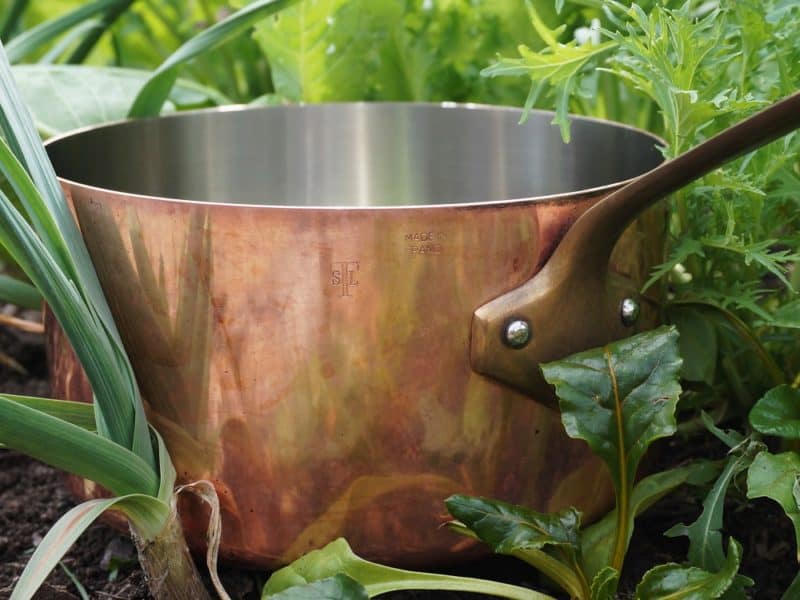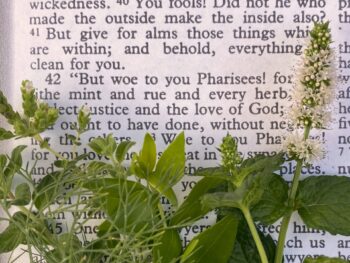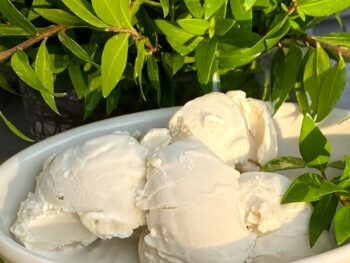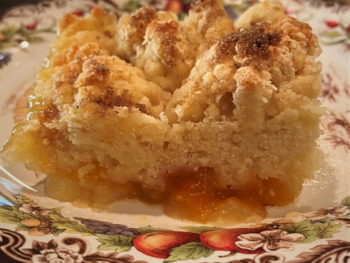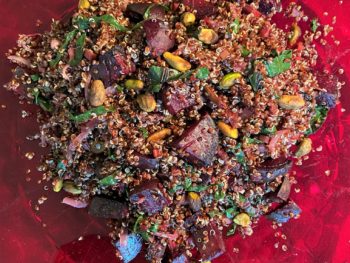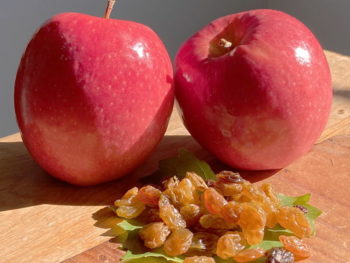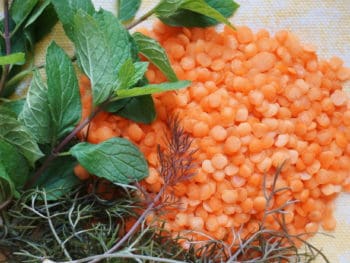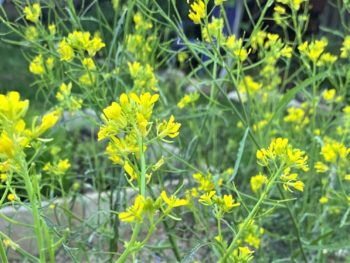This time of year, with chilling temperatures steeped in spring’s arrival, gardeners are eager to get back to gardening, dreaming of the days abundant harvests fill the dinner table. In the meantime, with a ways-to-go before seeds sprout and produce matures for picking, consider creating garden broth. Broth gives us another great opportunity to infuse our diets with garden goodness. It seems preparing this common ingredient is an age-old practice, as God’s Word references broth and boiling pots in several places:
Putting the meat in a basket and its broth in a pot, he brought them out and offered them to [the LORD] under the oak.
Judges 6:19 NIV
Broth is the liquid foundation for soups, sauces, gravy, and moisture-cooked meats. Additionally, the flavorful liquids can be used in place of water to cook rice, lentils, quinoa, barley, couscous, or any other simmered grains for savory results. Adding bones of recently cooked or roasted meats extends their usefulness and transforms your broth to “stock” – did you freeze the turkey carcass after holiday feasts? Time to turn out another delicious dish, multiplying the meals for you, your family, and guests.
Put on the cooking pot; put it on and pour water into it. Put into it the pieces of meat, all the choice pieces—the leg and the shoulder. Fill it with the best of these bones; take the pick of the flock. Pile wood beneath it for the bones; bring it to a boil and cook the bones in it.
Ezekiel 24:3-5 NIV
 The method for creating stock is simple. First, fill a tall stock pot (yes, the pot named for this process!) with water, within a few inches from the top edge. Add leftover bones—chicken carcass for chicken stock, larger fish bones and shellfish shells for fish stock, steak T-bones for beef stock, etc.—or skip this step for simple vegetable broth.
The method for creating stock is simple. First, fill a tall stock pot (yes, the pot named for this process!) with water, within a few inches from the top edge. Add leftover bones—chicken carcass for chicken stock, larger fish bones and shellfish shells for fish stock, steak T-bones for beef stock, etc.—or skip this step for simple vegetable broth.
Now let creativity and garden conservation be your guide! Traditional ingredients include leeks, onions, and/or garlic; celery, carrots, black peppercorns, and bay leaf. However, since tending and keeping a garden, I now add such garden gleanings as dandelion greens, mustard or other Crucifer family leaves (broccoli, kale, radish, etc.), chives, thyme leaves, hyssop leaves, carrot tops, dill leaves and seeds, celery seed, parsley leaves and seed, and did I mention dandelions? Bringing those plants I have just trimmed, cut back, or weeded (in the case of dandelions— pesticide and herbicide-free, of course) and making use of their flavors in cooking stock has been rewarding.
“Put on the large pot and boil stew for the sons of the prophets.” Then one went out into the fields to gather herbs…
2 Kings 4:38 NASB
To continue, cover the pot, bring to a boil; then reduce heat to a busy simmer. Cook uncovered for 5-6 hours to reduce the liquid by about half. Added perk: the boiling brew will warm the kitchen on a cold day!
After several hours, remove from heat to remove all solids. Often from the steaming heap of boiled bones and herbs, I pick out another 1 – 2 cups of shredded meat; little bits that were hard to separate from the bone now pull away easily. This supplies enough for a soup recipe or to add extra protein, pilaf-style, to cooked grains.
Return the pot to the stove to simmer for another hour or so to further reduce the liquid and concentrate flavor. Let cool. I prefer not to add salt until I have added the broth to its final recipe.
Strain and freeze 3 cup servings in quart-sized Ziploc bags, storing for soup night when the next chilly evening arrives, also ready on-hand for cooking grains.
Blessings to your remaining winter nights!
Taste and see that the LORD is good.
Psalm 34:8 NIV
Photo Credits
©2015-2016 Shelley S. Cramm

